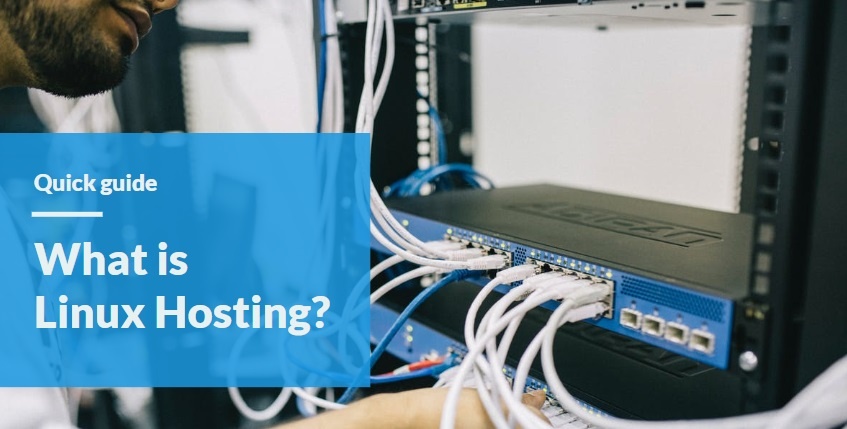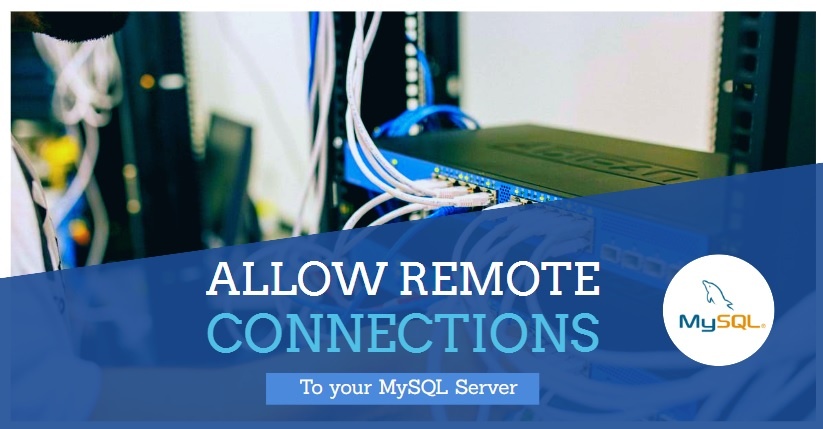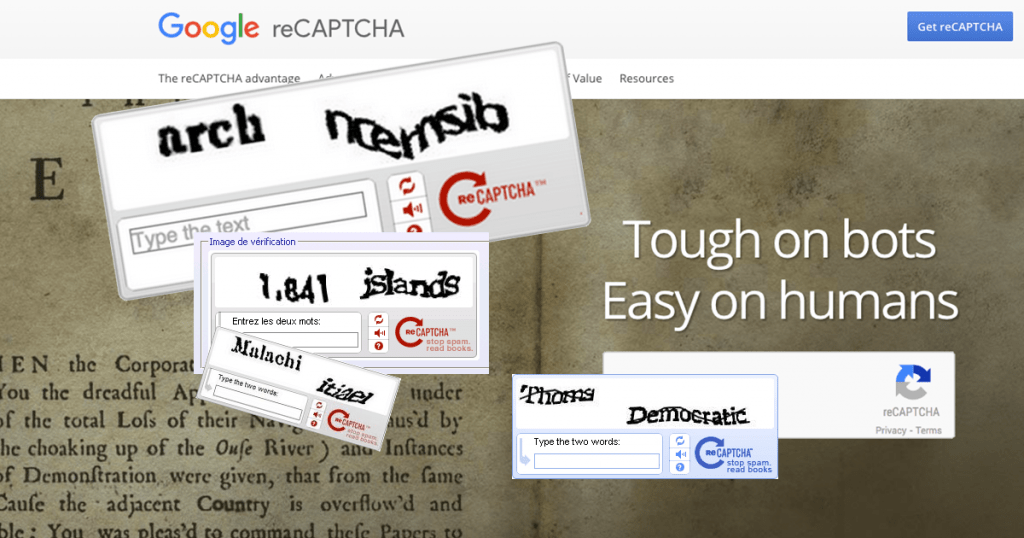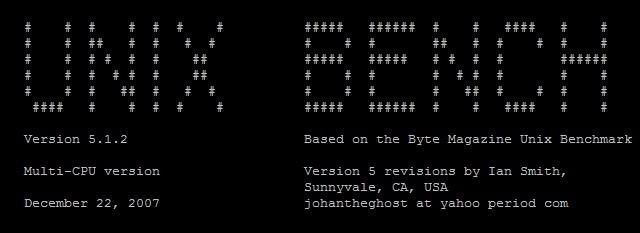SFTP vs FTPS: understand the differences

SFTP vs FTPS SFTP vs FTPS are both secure file transfer protocols, but they differ in terms of underlying mechanisms and how they provide security. In summary, while both SFTP vs FTPS offer secure file transfers, FTPS is an extension of the traditional FTP protocol with added SSL/TLS encryption, whereas SFTP is a separate protocol […]
SCP permission denied error: how to solve

When you encounter a “SCP permission denied” error while working with the SCP (Secure Copy) command, it typically means that you don’t have the necessary permissions to access or copy the specified file or directory. Causes and fixes for the SCP permission denied error Verify the file permissions Permissions can cause issues when trying to […]
SCP for directory: directory file transfers in Linux

What is SCP for directory? SCP (Secure Copy) can transfer a whole directory, including its files and subdirectories. SCP supports recursive copying, which allows you to transfer an entire directory structure from a source location to a destination location. To transfer a directory using SCP, you can use the “-r” flag, which stands for recursive. […]
wget: command not found – How to fix

If you’re encountering the “wget: command not found” error, it means that the wget command-line utility is not installed or not accessible in your system. In this article, we will explain how to solve this issue quickly. wget:command not found – how to fix in CentOS To install wget on CentOS, you can use the […]
Linux Web Hosting: The Complete Guide

What is Linux Web Hosting? Linux Web Hosting refers to web hosting services that utilize the Linux operating system as the backbone for hosting websites. Recognized for its open-source nature, Linux is known for its stability and security, making it a preferred option among web developers and businesses alike. When using Linux Web Hosting, users […]
MySQL Grant All Privileges: How to manage user privileges
The primary function of the MySQL privilege system is to authenticate a user who connects from a given host and to associate that user with privileges on a database such as SELECT, INSERT, UPDATE, DELETE etc. In general, Mysql Grant All Privileges ensures that one user has access to one or more databases and/or table. […]
List MySQL Users: How to manage access
MySQL is an open source relational database management system. MySQL is a component of the LAMP web application software stack, which is an acronym for Linux, Apache, MySQL, PHP. A web application using MySQL database have to authenticate via a MySQL user and password who has sufficient privileges on that particular database. So MySQL users […]
How to Connect an OpenVPN Client in Windows
We read about how an OpenVPN Server can be setup and made ready to connect from an OpenVPN client in the article Configuring OpenVPN in Ubuntu using TUN/TAP Let’s see how to set it up in a windows machine at home and how it can be used to connect to the OpenVPN server. I currently […]
Configuring OpenVPN in Ubuntu using TUN/TAP
A device which connects a computer to another computer or network is called a network device. Normal network devices (say for example eth0) will have a hardware component or a wire connected to it. On the oposite, there are virtual network devices which are completely controlled by software. They are the tun/tap devices. These are […]
How to install MariaDB in Centos 6
For years, MySQL is the favorite database system for developers worldwide. After the acquisition of MySQL by Sun Microsystems, and later by Oracle, the original founders of MySQL forked MySQL and created another RDBMS called MariaDB. It is actually a perfect replacement for MySQL and has more features and better performance than MySQL. MariaDB is […]
Install PostgreSQL in Ubuntu 14
Databases are an important part of any website or software. With relatively large amount of data, all applications use one or the other database method to store data. PostgreSQL, commonly known as Postgres is an open source, object – relational database management system (RDBMS). It was originally designed for unix platforms, however it has been […]
How to grant MySQL remote access: in Linux and Windows

Firstly, by default MySQL is installed only listening to localhost. It’s closed so that it won’t listen to your public IPs externally. This tutorial works both for Ubuntu, Debian and CentOS. To grant mysql remote access, we need to first of all open the MySQL to listen to external connections, and then, enable the user […]
Reset MySQL root password in Ubuntu
To recover or reset MySQL root password in Ubuntu, you should simply follow some steps. This process may vary according to the operating system. Ubuntu offerts a possibility to restore the root password via dpkg, which is a native package management system. Recovering the database root access: reset MySQL root password in Ubuntu First, we need to […]
How to install MySQL in Ubuntu 14
To install MySQL in Ubuntu, need to have root access to an Ubuntu server. This tutorial applies either to a dedicated server and a cheap vps hosting server. The first step is to login by SSH into your server. First of all, we have to update all the packages of the server sudo apt-get update […]
How to install Apache in Ubuntu 14
This article shows the steps required to install Apache in Ubuntu 14. Apache web server is the most used and reliable web server of the world. This tutorial assumes you have an Ubuntu server, with full root access. The first step is access your Ubuntu server with root by SSH. We will explain how to install Apache […]
Did you know that when you confirm your identity through a captcha code, you are helping to create the largest digital library of the world?

This is one of those fantastic stories which prove that technology can do magical things for us. Does your website uses Captcha?
How to benchmark a linux server using UnixBench

Unixbench is the most used benchmarking software tool. It can measure the performance of bash scripts, CPUs in multithreading and single threading. It can also measure the performance for parallel taks. Also, specific disk IO for small and large files are performed. You can use it to measure either linux dedicated servers and linux vps servers, running […]
Install Proftpd in CentOS 6: quick and easy guide
Proftpd is the world’s most popular FTP Server for Linux. It allows you to connect to your Linux server using an FTP client, in order to transfer files. This tutorial will show you how to install Proftpd in CentOS Linux. It takes less than 5 minutes. This tutorial assumes you: Have a CentOS 6 Linux […]
How to install Webmin in CentOS or Fedora Linux

Webmin is a legendary and free control panel that allows you to do almost anything with your linux server. It givesyou an easier control of your whole linux server, making it easier to perform operations line install packages, manage your apache web server, configure a ftp server, track your mail queue, and so on. It will […]